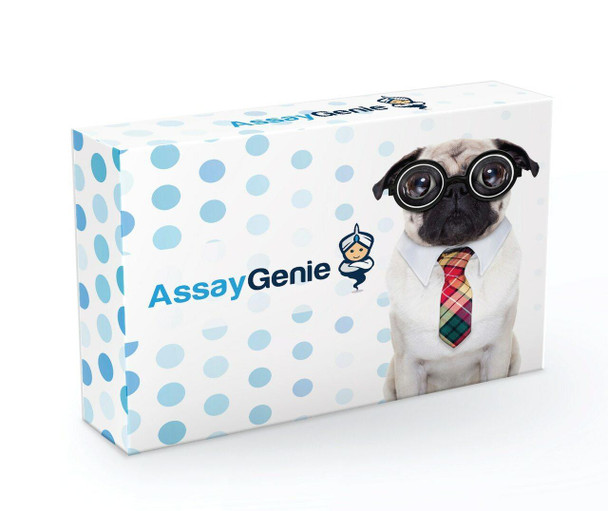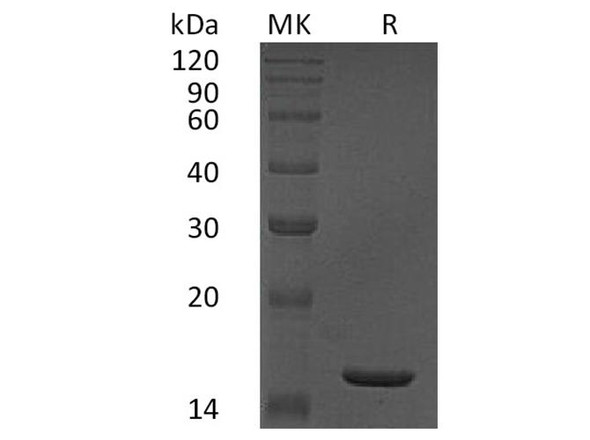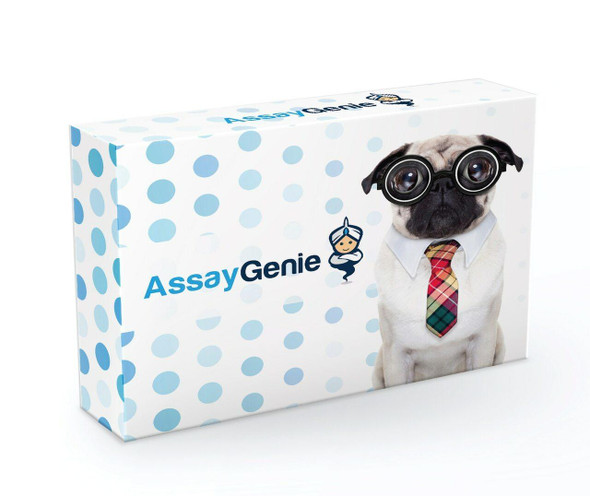Description
Recombinant Human TNF alpha Protein (KPRT0168)
| Product SKU | KPRT0168 |
| Product Type | Recombinant Protein |
| Quantity | 5 ug |
| Species | Human |
| Target | TNF alpha |
| Alias | TNFSF2; TNF; DIF; TNF-alpha; TNFA; TNFSF2; TNLG1F; TNF alpha |
| Source | Yeast |
| No. Amino Acids | 156 |
| Protein Sequence | VRSSSRTPSD KPVAHVVANP QAEGQLQWLN RRANALLANG VELRDNQLVV PSEGLYLIYS QVLFKGQGCP STHVLLTHTI SRIAVSYQTK VNLLSAIKSP CQRETPEGAE AKPWYEPIYL GGVFQLEKGD RLSAENRPDY LDFAESGQVY FGIIAL (156) |
| MW | 17.2 kDa |
| Form | Lyophilized |
| Storage | -20°C |
| Shipping Conditions | Room temperature |







